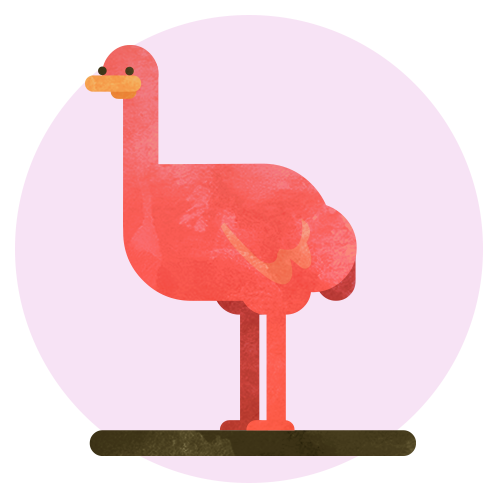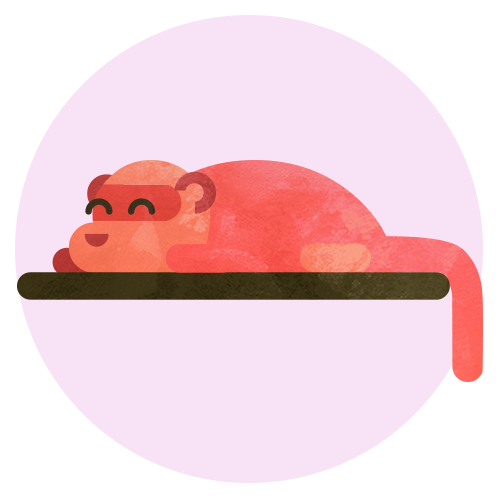The Weird Sleeping Habits of The Animal Kingdom
Ever wondered why your canine buddy likes to cuddle up for a snooze? Or perhaps why bad weather makes your cat sleepy? We explain the weird and wonderful sleeping habits of these creatures and many more in our handy guide.




















